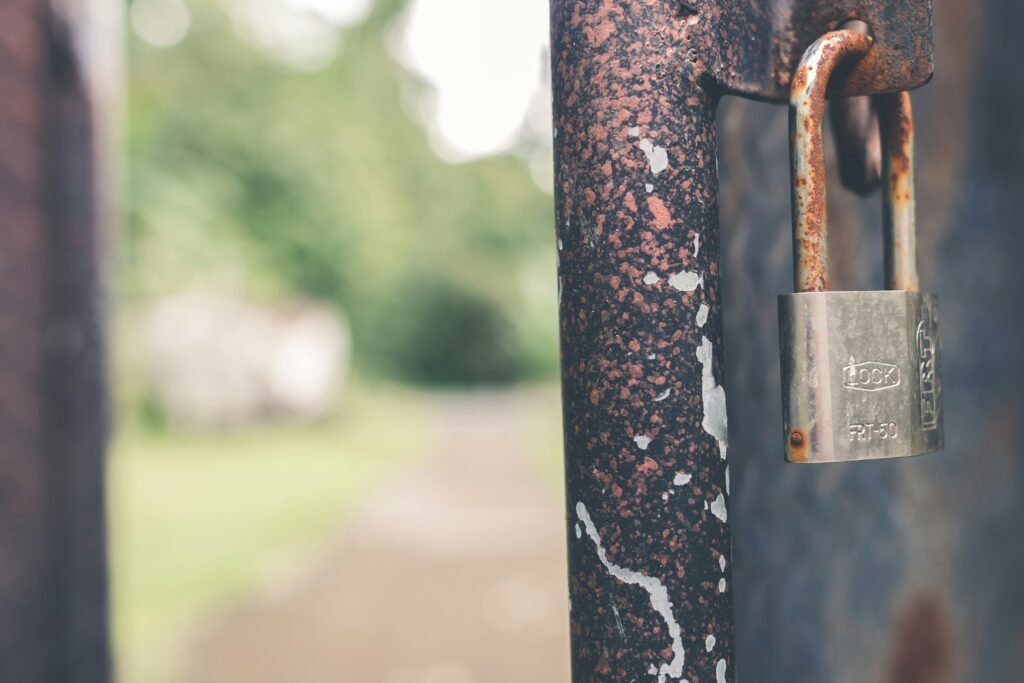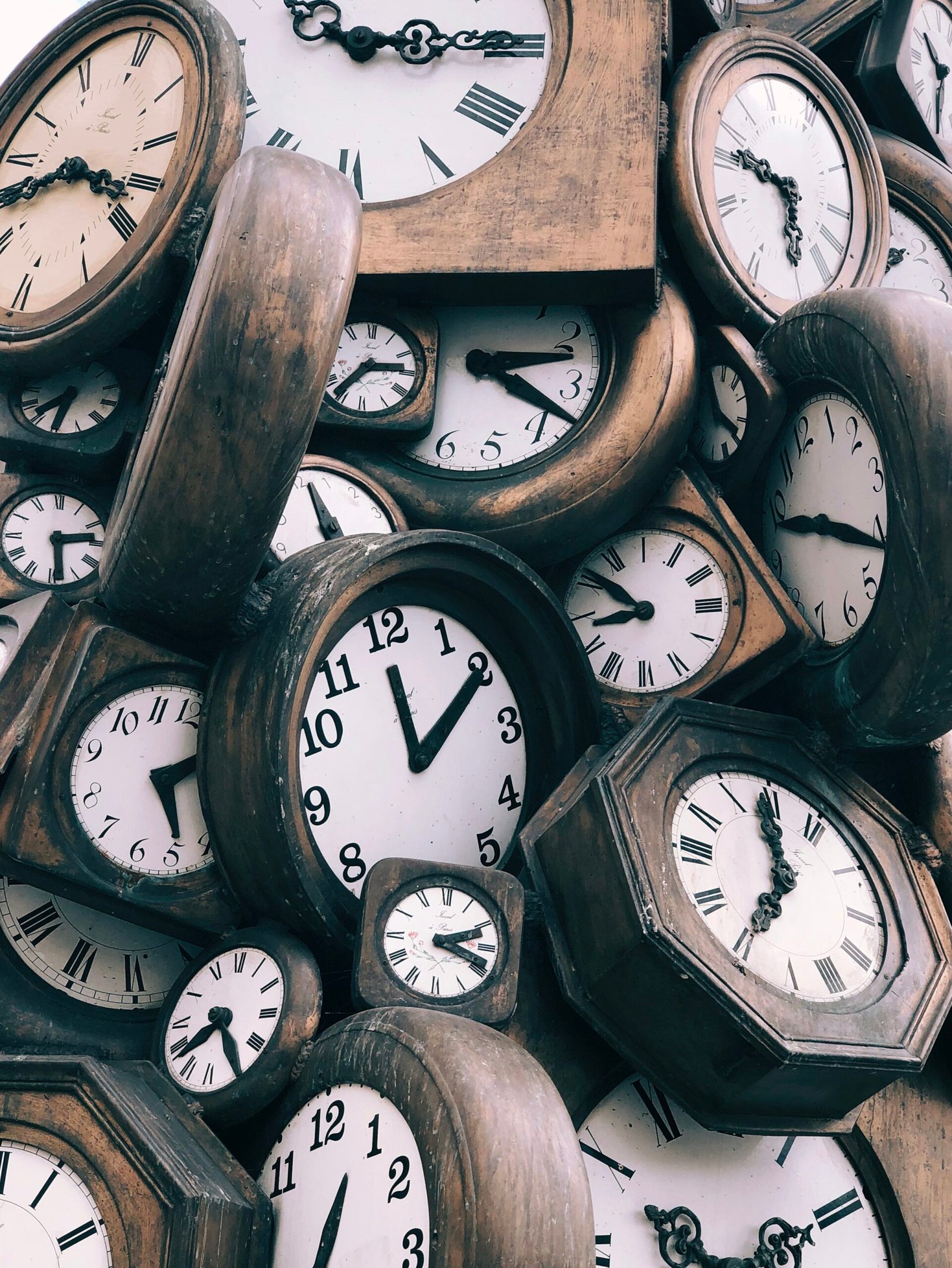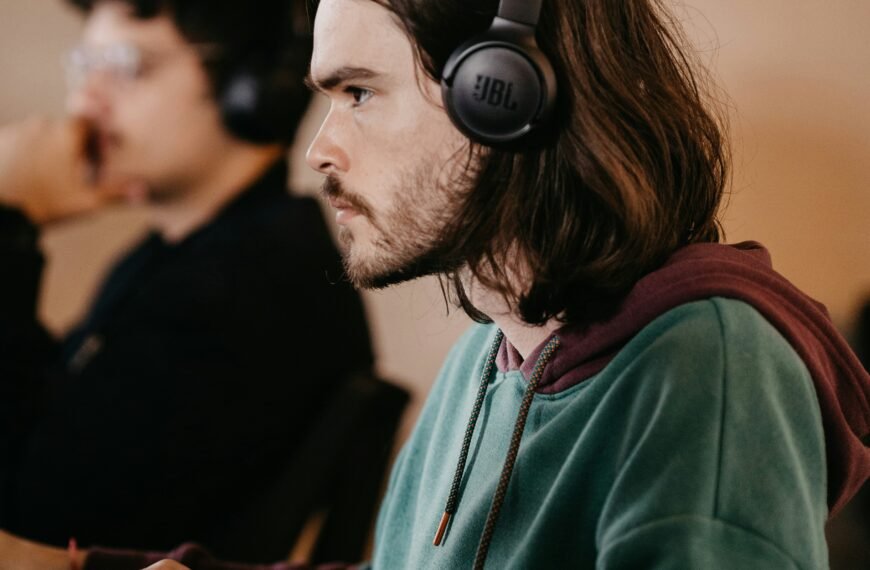Hey there! Did you know that even though Apple doesn’t have an official method for individually locking sensitive apps on your iPhone, there is a clever workaround using Screen Time? It’s true! If your device is running iOS 16.4 or later, you can take advantage of a new Lock Screen action that allows you to lock specific apps behind FaceTime or your iPhone’s passcode. All you need to do is head to your Settings, choose “Screen Time,” enable it, set a passcode, tap on App Limits, select the category and app you want to lock, set the time limit to just 1 minute, and toggle on “Block at End of Limit.” It’s that simple! Of course, if you ever need to access the locked app again, you can tap on “Ask for More Time,” but be prepared to enter your Screen Time passcode. Just keep in mind that there are a few limitations, such as not being able to lock the Phone app and needing to make some adjustments in the “Always Allowed” section of Screen Time to disable access to apps like Messages or FaceTime. So, go ahead and give it a try – your sensitive apps will be safe and sound!

Lock sensitive apps on iPhone using Screen Time
Introduction
Apple doesn’t have an official method for individually locking sensitive apps on iPhone with a passcode, but there is a workaround using Screen Time. If your device is running iOS 16.4 or later, you can use a new Lock Screen action to lock specific apps behind FaceTime or your iPhone’s passcode. This article will guide you through the process of using Screen Time to lock sensitive apps on your iPhone, ensuring an extra layer of security for your private information.
Workaround using Screen Time
Apple’s lack of official method
While Apple provides several security features to protect your iPhone, there is no built-in option to individually lock sensitive apps with a passcode. This can be frustrating if you want to protect specific apps, such as banking or social media apps, from unauthorized access. However, by utilizing Screen Time, you can create app limitations that effectively lock specific apps behind a passcode.
Using Screen Time as a workaround
Screen Time, a feature introduced in iOS 12, allows users to monitor and manage their device usage. Although it wasn’t originally designed as an app locking mechanism, it can be leveraged to restrict access to specific apps. By setting an app time limit of just one minute and enabling the “Block at End of Limit” option, you can effectively lock sensitive apps on your iPhone.
Benefits of using Screen Time
Utilizing Screen Time to lock sensitive apps on your iPhone offers several benefits. Firstly, it provides an additional layer of security, ensuring that only authorized individuals can access your personal information. Secondly, it helps in managing your app usage by limiting the time spent on certain apps. Finally, it serves as a useful tool for parents who want to control and monitor their children’s app usage.
Requirements
Device running iOS 16.4 or later
To use the Screen Time feature and lock sensitive apps on your iPhone, you need to ensure that your device is running iOS 16.4 or a later version. If you have an older version of iOS, you may need to update your device’s operating system to access Screen Time.
Enabling Screen Time
Before you can start locking apps using Screen Time, you need to ensure that the Screen Time feature is enabled on your iPhone. To do this, go to your iPhone’s Settings, tap on “Screen Time,” and toggle the switch to turn it on.
Setting a passcode
To ensure that only authorized users can make changes to your Screen Time settings, you need to set a passcode. This passcode acts as a barrier to prevent unauthorized individuals from disabling the app lock. To set a passcode, open your iPhone’s Settings, go to “Screen Time,” tap on “Use Screen Time Passcode,” and follow the on-screen instructions to create a unique passcode.
Step-by-step guide
Accessing Screen Time settings
To begin locking sensitive apps on your iPhone, navigate to the Settings app on your device’s home screen. Locate and tap on the “Screen Time” option. This will open the Screen Time settings menu, where you can manage your app usage and set app limits.
Enabling Screen Time
If you haven’t already enabled Screen Time on your iPhone, you need to do so before proceeding. Within the Screen Time settings menu, toggle the switch to turn on Screen Time. This will activate the feature and allow you to set app limitations.
Setting a passcode
To ensure that only authorized users can make changes to your Screen Time settings, it’s important to set a passcode. Within the Screen Time settings menu, tap on the “Use Screen Time Passcode” option. Follow the prompts to create a unique passcode that you will need to enter whenever you want to make changes to your app limits or access locked apps.
Navigating to App Limits
Once you have enabled Screen Time and set a passcode, navigate to the “App Limits” section within the Screen Time settings menu. This is where you can specify the time restrictions for individual apps.
Selecting the category and app to lock
Within the App Limits section, tap on “Add Limit” to specify the app or category you want to lock. You can choose to restrict all apps within a particular category, such as Social Networking or Productivity, or select specific apps that you want to lock individually.
Setting a 1-minute time limit
To effectively lock the chosen app(s), set a time limit of just one minute. This ensures that the app will be blocked immediately after it is opened, forcing the user to re-enter the passcode to continue using it. Tap on the time limit field and adjust it to one minute.
Toggling on ‘Block at End of Limit’
To enforce the app lock, make sure to toggle on the “Block at End of Limit” option. This ensures that once the one-minute time limit is reached, the app will be locked, preventing further access until the passcode is entered.
Testing the app lock
Once you have set the app limits and enabled the “Block at End of Limit” option, it’s important to test the app lock to ensure it functions as expected. Open the locked app and observe whether it becomes inaccessible after the one-minute time limit. If the app locks correctly, congratulations! You have successfully locked a sensitive app on your iPhone using Screen Time.
Using ‘Ask for More Time’ to access locked app
While the app lock prevents immediate access to locked apps, you can still gain temporary access by using the “Ask for More Time” feature. When trying to open a locked app, tap on the “Ask for More Time” button that appears on the screen. You will be prompted to enter your Screen Time passcode, and upon successful authentication, you will be granted additional time to use the locked app before it locks again.
Entering the Screen Time passcode
To access locked apps or make changes to your Screen Time settings, you need to enter your Screen Time passcode. Whenever you open a locked app or try to modify your app limits, the passcode prompt will appear. Enter the unique passcode you created earlier, and you will gain access to the locked apps or be able to make changes as needed.

Limitations and considerations
Inability to lock certain system apps
While Screen Time offers a practical solution for locking sensitive apps, it has some limitations. One of these limitations is the inability to lock certain system apps that are integral to the functioning of your iPhone, such as the Phone app. Therefore, it’s important to recognize that Screen Time cannot provide a complete lockdown of all apps on your iPhone.
Disabling access to apps via ‘Always Allowed’
Another limitation to consider is the existence of the “Always Allowed” section within the Screen Time settings. By default, certain apps, such as Messages and FaceTime, are set as always allowed, meaning they can be accessed even if app limits are in place. To prevent unauthorized access to these apps, you will need to edit the “Always Allowed” section of Screen Time and remove any apps that you want to lock completely.
Workarounds for disabling access to Messages and FaceTime
To disable access to apps like Messages and FaceTime, you can follow these steps:
- Open the Settings app on your iPhone and go to “Screen Time.”
- Tap on “App Limits” and select “Add Limit.”
- Choose the “Messages” or “FaceTime” app from the list of available apps.
- Set the time limit to one minute and toggle on the “Block at End of Limit” option.
- Repeat these steps for each app you want to disable access to.
By following these steps, you effectively limit access to apps like Messages and FaceTime, ensuring that they are locked and require the Screen Time passcode to be accessed.
In conclusion, while Apple may not have provided an official method to individually lock sensitive apps on iPhone, using Screen Time as a workaround can fulfill this need. By taking advantage of the app limits feature and the “Block at End of Limit” option, you can effectively lock specific apps on your iPhone, adding an extra layer of security to protect your private information. However, it’s important to keep in mind the limitations of Screen Time, such as the inability to lock certain system apps and the need to edit the “Always Allowed” section to disable access to apps like Messages and FaceTime. By understanding and working around these limitations, you can ensure the security of your sensitive apps and enhance your overall iPhone experience.









